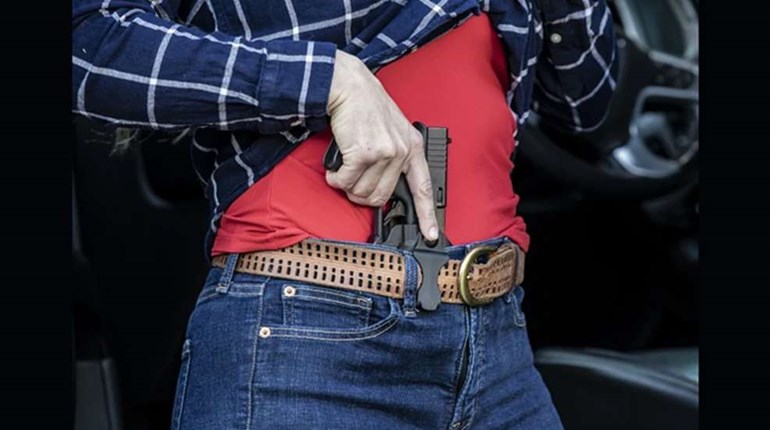
After analysis of the 2020 U.S. Census data, it was determined that the state of New York would lose one of its Congressional seats. This, along with the normal redrawing of districts after each census, led to a number of significant changes for Empire State legislators.
In one such change, Rep. Jerry Nadler (D), who has represented Manhattan’s Upper West Side for three decades, and Rep. Carolyn Maloney (D), whose base has been on the Upper East Side for three decades, were pushed together into one district.
As this was being written, both were vying to win the Democrat Party nomination for New York’s newly drawn 12th congressional district after a heavily gerrymandered redistricting plan—that would have kept both their districts separate and intact—was thrown out by the state’s highest court.
The vote for this seat is today, August 23.
While it is likely one will win and the other will lose—although there are other candidates that could spoil the election for both—those who support our Second Amendment will undoubtedly be aware that both of these politicians have been very opposed to our individual right to keep and bear arms.
Indeed, to garner more votes among New York City primary voters in their party, both politicians decided that pushing their increasingly radical gun-control agenda is a winning argument. Their recent remarks paint a clear picture.
Nadler, as chair of the House Judiciary Committee, was asked by Rep. Dan Bishop (R-N.C.) during a hearing if a proposed ban on semi-automatic rifles—deliberately mislabeled as “assault weapons”—would ban firearms that are in “common use” today. In response, Nadler said, “that’s the point of the bill.” This blatantly ignores multiple U.S. Supreme Court decisions that have held the Second Amendment protects firearms “in common use” for lawful purposes; but he didn’t stop there.
“To clarify, Mr. Chairman, you’re saying it is the point of the bill to ban weapons that are in common use in the United States today,” asked Bishop.
“Yes, the problem is that they’re in common use,” said Nadler.
Recent statistics from the National Shooting Sports Foundation show that more than 24 million of these rifles Nadler wants to ban are owned by law-abiding Americans and a number of Supreme Court decisions affirmed protection for those rifles in “common use.”
Not long after this, it was Maloney’s turn to go after the Second Amendment in her capacity as chair the U.S. House Oversight Committee during a hearing titled, “Examining the Practices and Profits of Gun Manufacturers.”
In this hearing, which was largely an attack on a law-abiding industry, Maloney used the politically elastic term “assault weapons” many times. She was clearly eager to vote for a ban on popular semi-automatic rifles. She also argued that the Protection of Lawful Commerce in Arms Act (PLCAA) should be undone. She said the House was “planning to take action to end the outrageous legal immunity that has protected the gun industry from lawsuits for far too long.”
Of course, the PLCAA merely protects members of the firearms industry from suits that seek to hold them liable for the criminal behavior of those who misuse their products; meritless lawsuits designed to bankrupt gun makers out of existence. The industry remains subject to potential suits for knowingly unlawful sales, negligent entrustment and those predicated on traditional products liability grounds.
The views of these two officials, who have spent decades in office surrounded by armed security—while promoting legislation that would strip you of the ability to effectively provide for your own self-defense—are troubling. Both of their campaign websites dedicate a specific portion to their respective gun-control wish lists.
But at least one of them will lose. We’ll keep you updated on how this plays out.


































